#Breaking Barriers: Inside Boom XB-1’s Game-Changing Supersonic Flight Design

The dream of commercial supersonic flight has been rekindled as Boom Supersonic’s XB-1 demonstrator aircraft successfully broke the sound barrier at California’s Mojave Air & Space Port. This achievement marks a pivotal moment in aviation design, as it represents the first independently developed supersonic jet in America, breaking away from the traditional government-led development model.
The XB-1’s groundbreaking design incorporates cutting-edge technology that will shape the future of commercial aviation. Its airframe utilizes sophisticated carbon fiber composites, creating a structure that’s both lightweight and robust enough to handle supersonic speeds. This material choice demonstrates how modern manufacturing techniques can overcome historical challenges in supersonic aircraft design.
Designer: Boom Supersonic

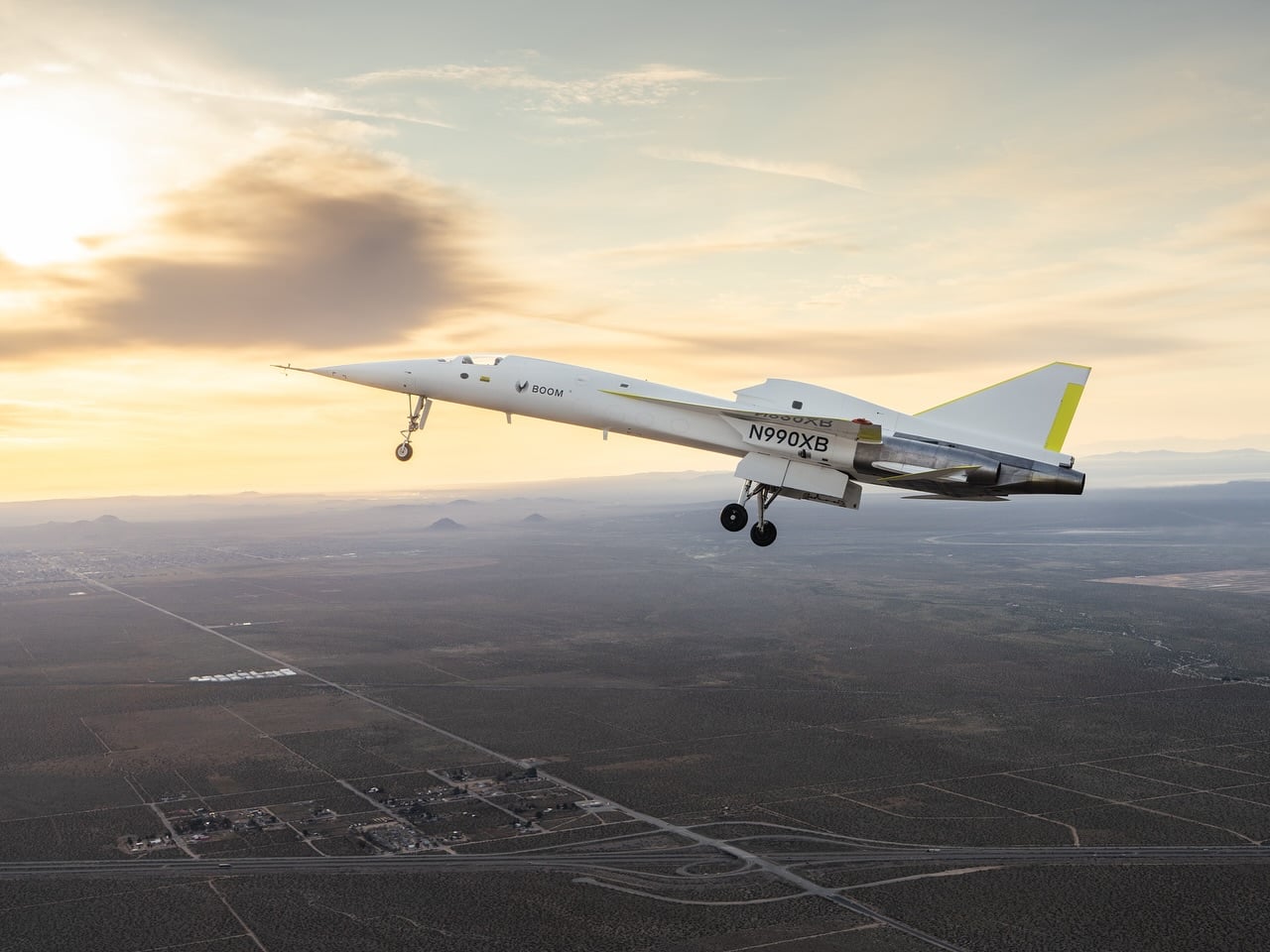

Chief Test Pilot Tristan Brandenburg guided the aircraft to Mach 1.122 (750 mph) at an altitude of 35,290 feet, showcasing the effectiveness of the plane’s innovative design features. The success validates years of computational fluid dynamics simulations, which allowed engineers to optimize aerodynamics without the massive government budgets previously required for supersonic development.
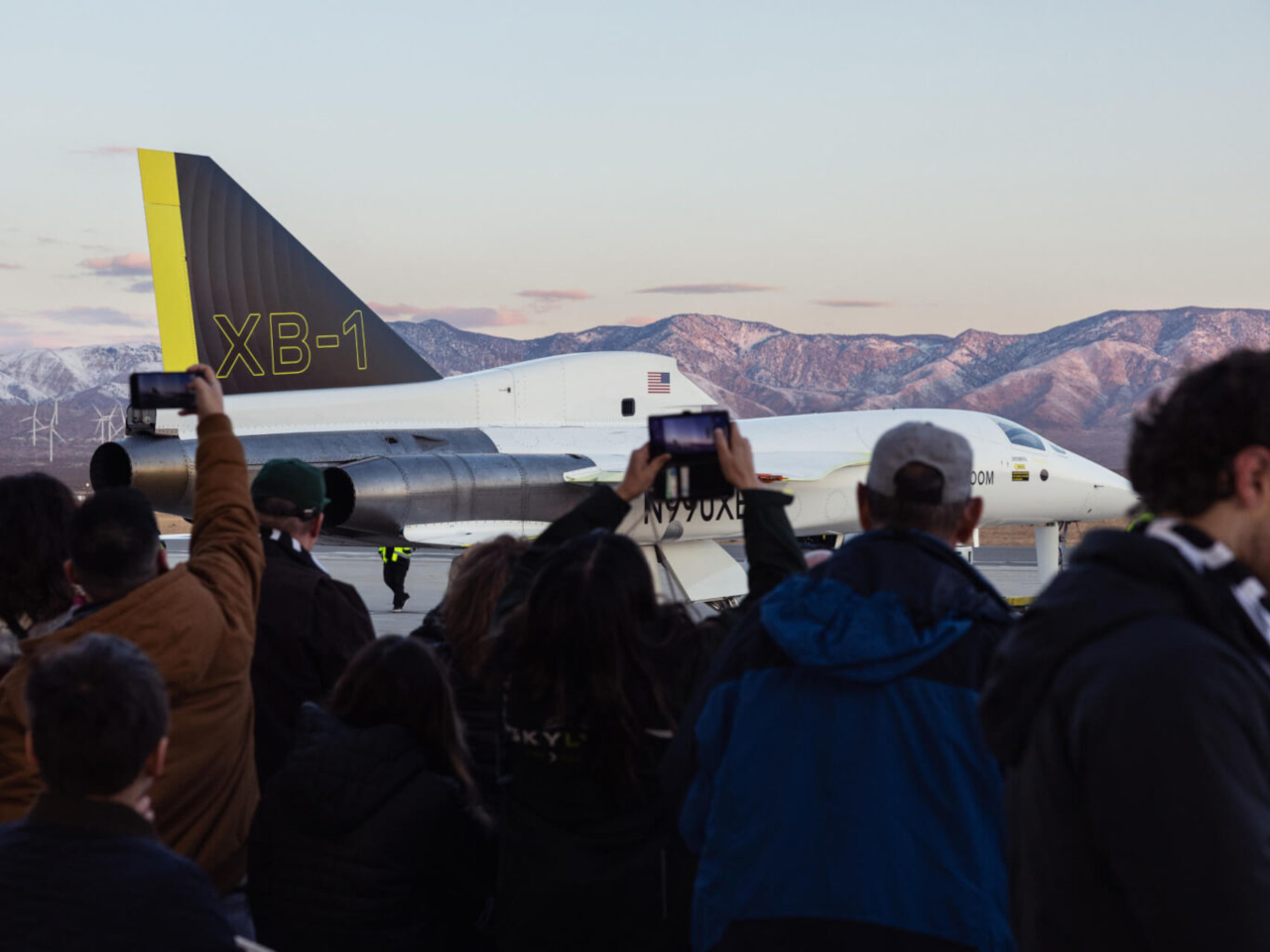

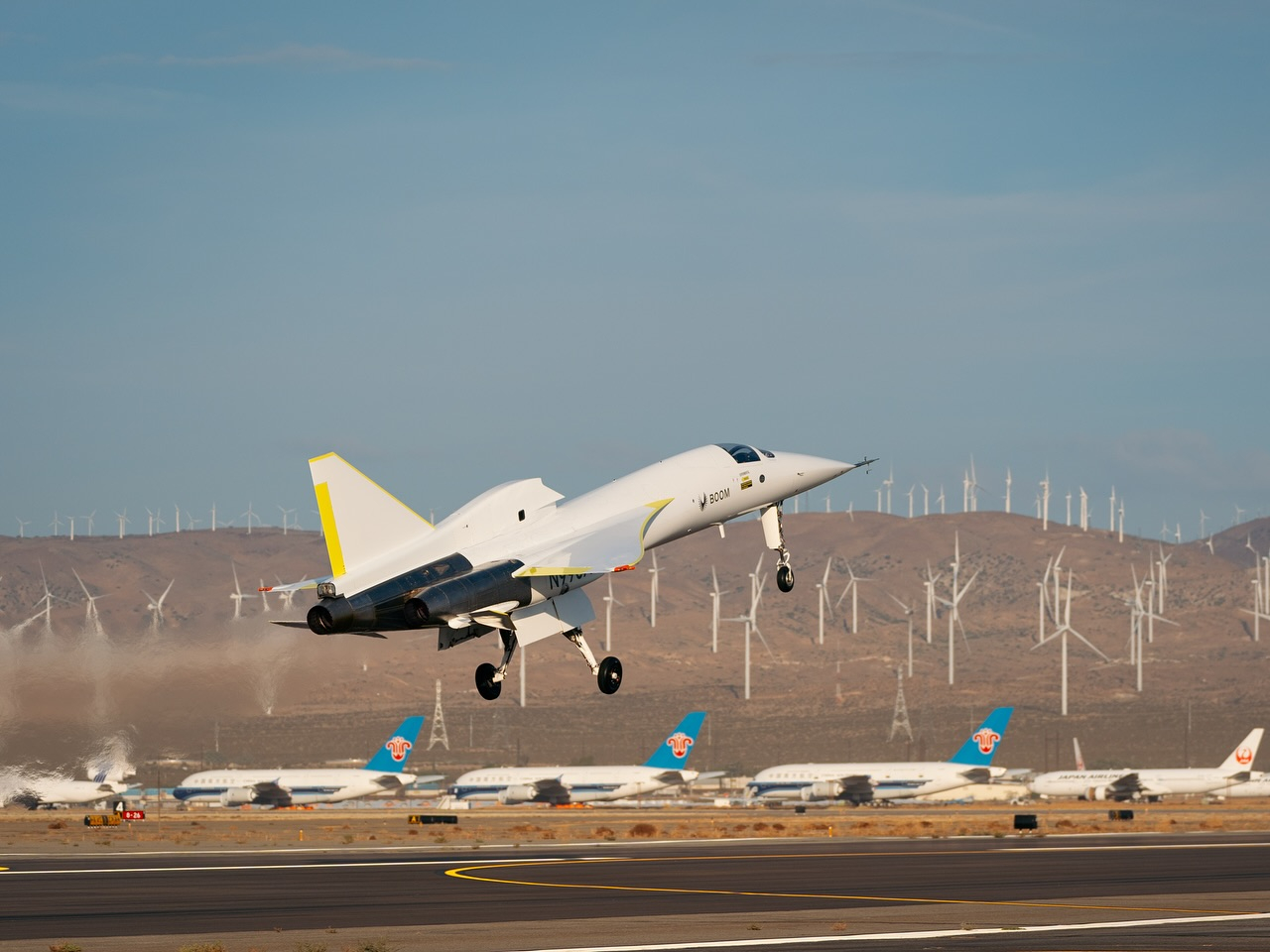

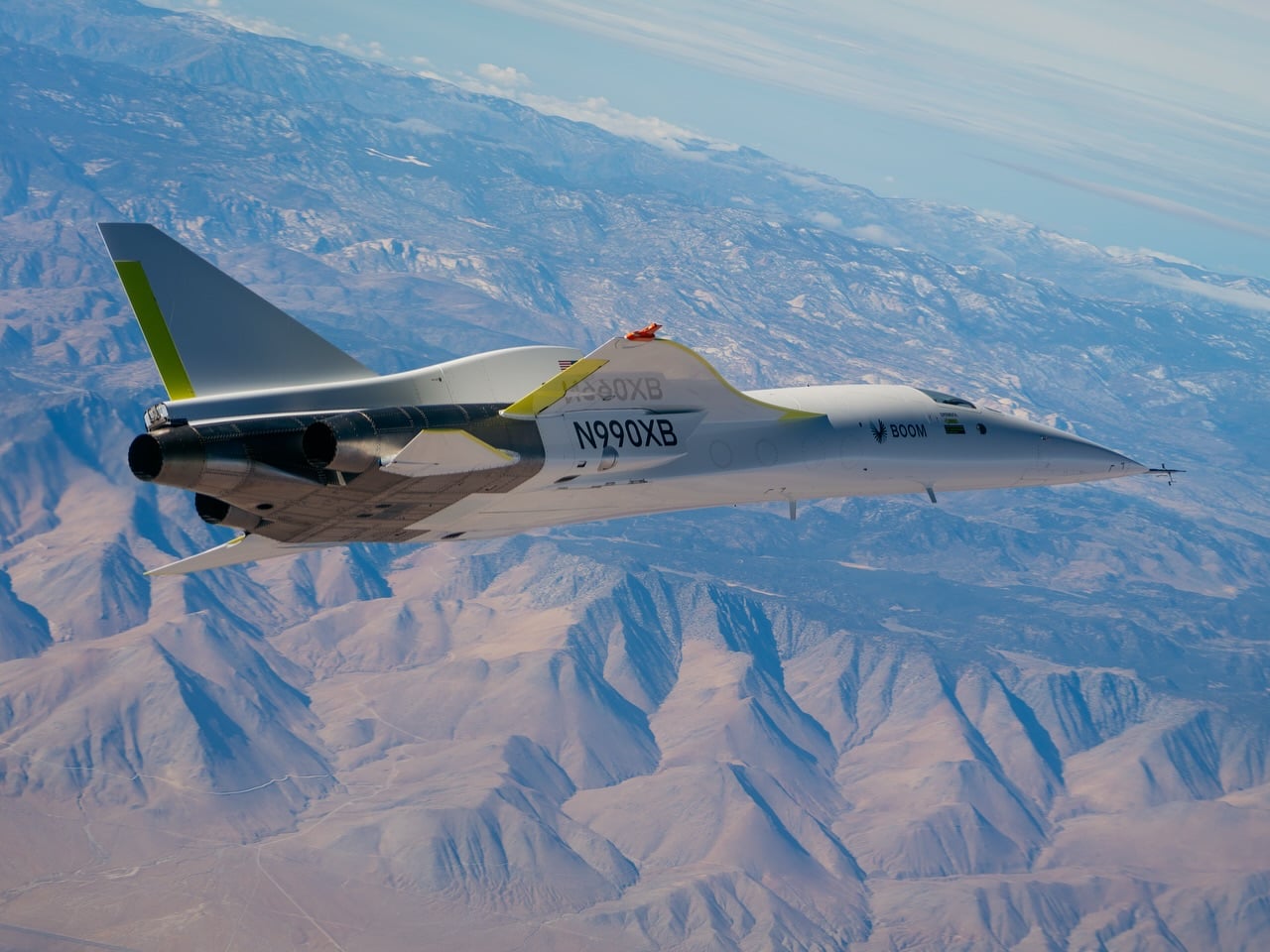



One of the most innovative design elements is the augmented reality vision system, solving a persistent challenge in supersonic aircraft design. Unlike the Concorde’s complex mechanical solution that moves the plane’s nose out of the way, this digital approach provides pilots with clear runway visibility during takeoff and landing, despite the aircraft’s long nose and high angle of attack.
The XB-1’s engine intake design represents another crucial advancement, efficiently converting supersonic airflow to subsonic speeds for conventional jet engine operation. This technology will be scaled up for Boom’s Overture airliner, which will use the purpose-built Symphony turbofan engine, demonstrating how demonstrator projects can inform larger commercial applications.
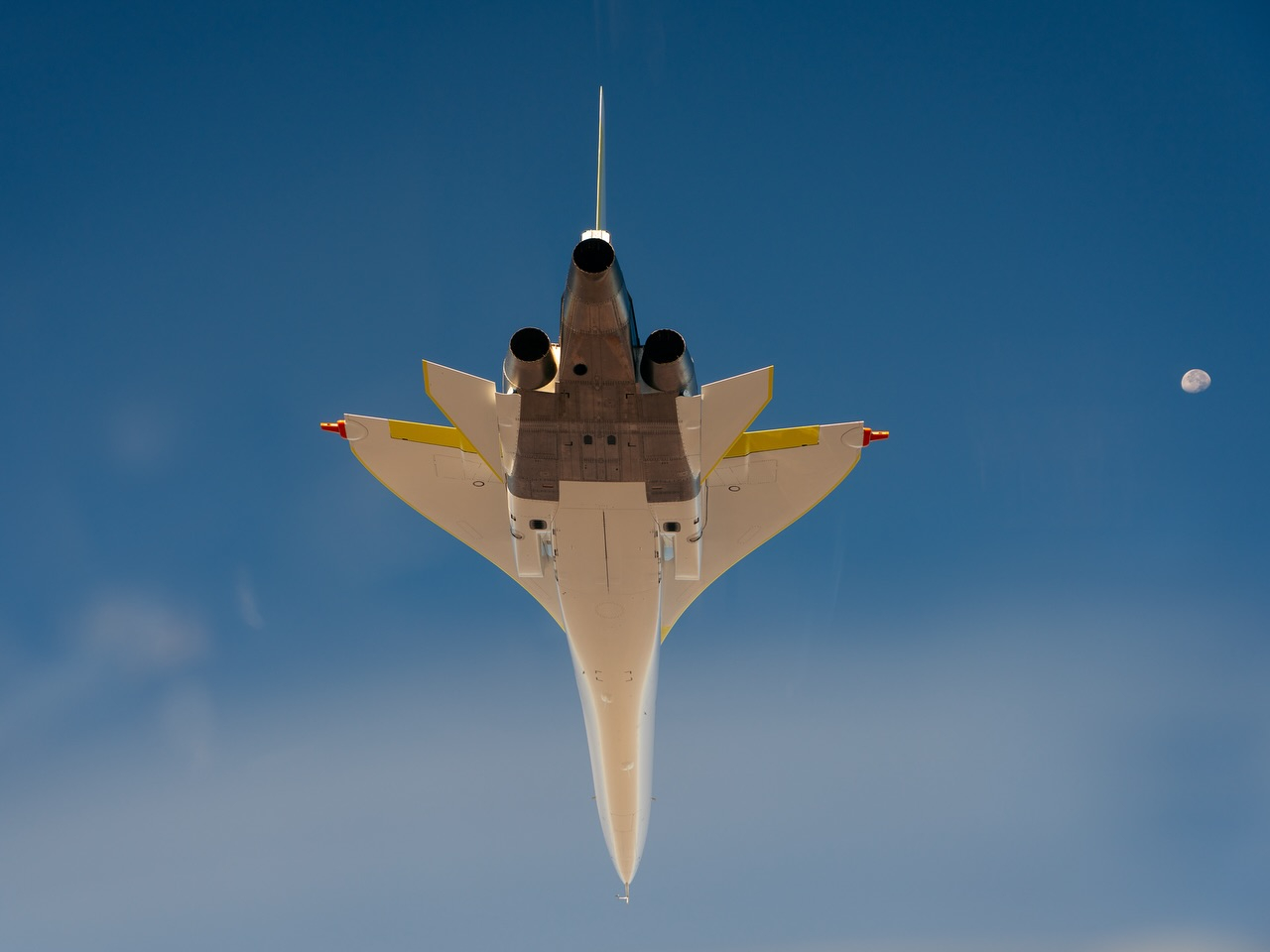

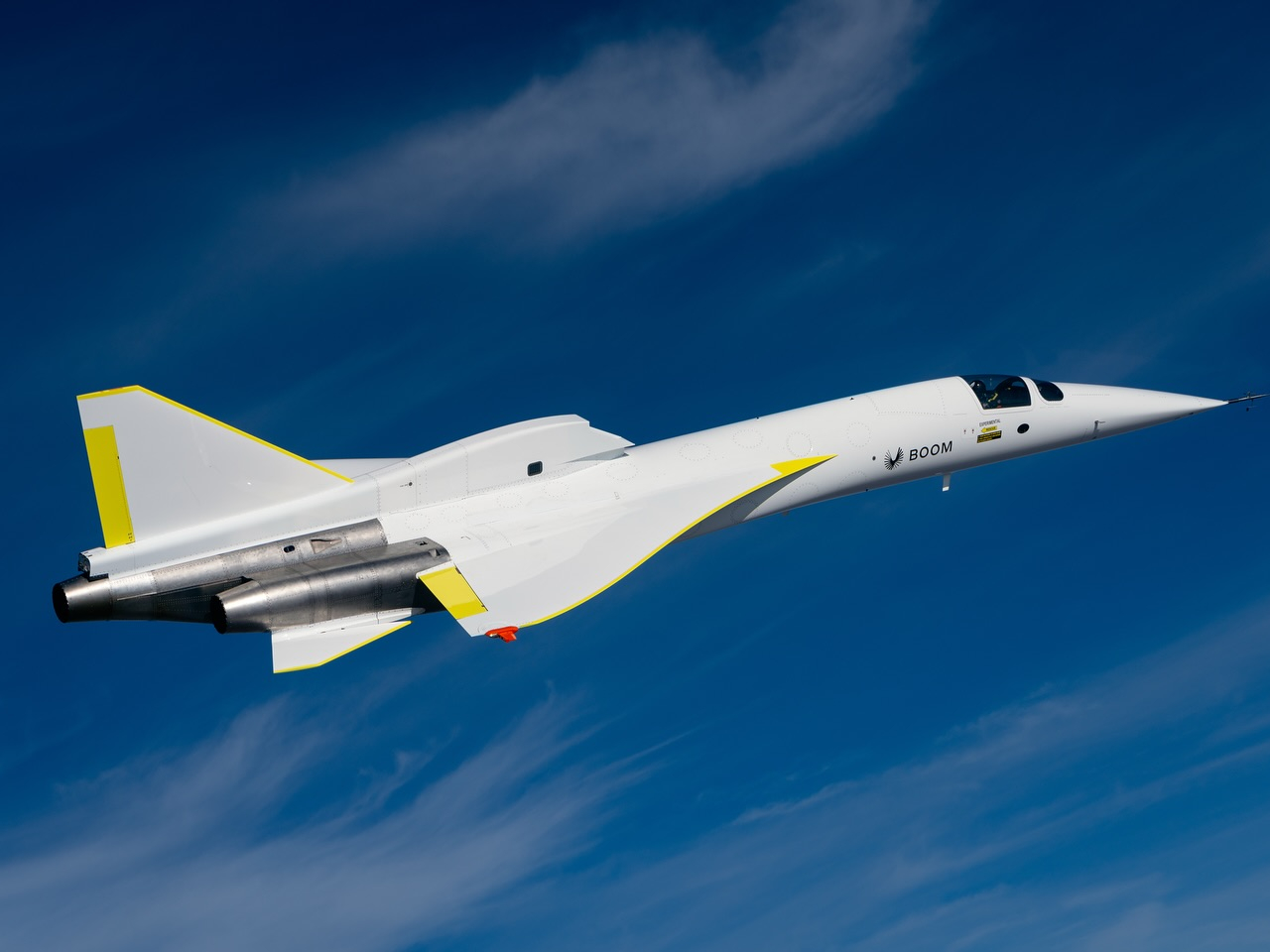

The successful test flight program, comprising 11 carefully planned flights, establishes a foundation for Boom’s ambitious Overture airliner. This larger aircraft will carry 64-80 passengers at Mach 1.7, approximately twice the speed of current commercial aircraft, while incorporating lessons learned from the XB-1’s development and testing.
Boom’s approach to sustainable design is evident in its commitment to 100% sustainable aviation fuel compatibility. The company’s new Overture Superfactory in Greensboro, North Carolina, is designed to produce up to 66 aircraft annually, showing how modern manufacturing facilities can scale supersonic aircraft production efficiently.
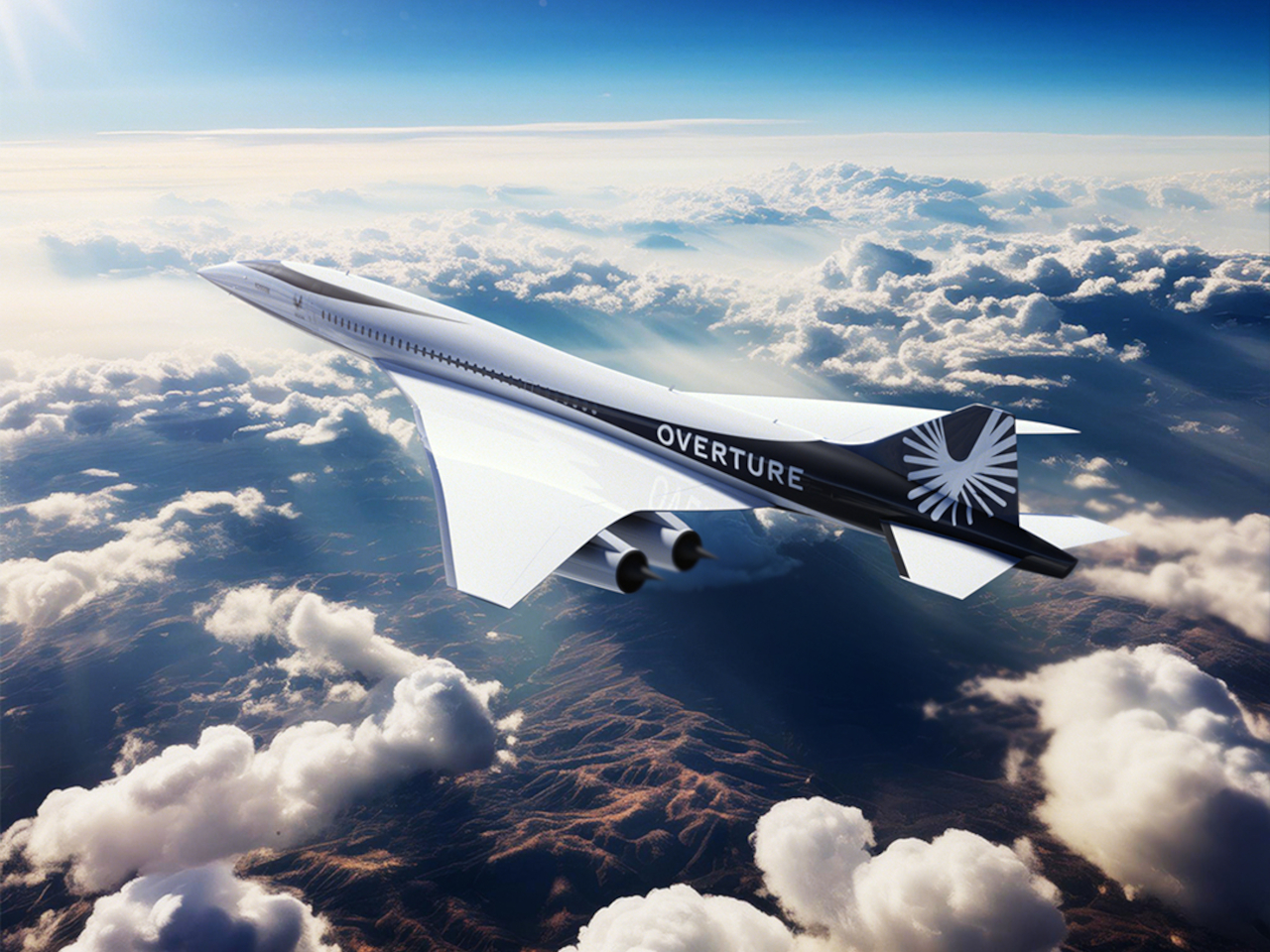



Boom Overture
The commercial viability of this design approach is validated by 130 orders and pre-orders from major carriers including American Airlines, United Airlines, and Japan Airlines. This market response suggests that Boom’s design innovations have successfully addressed the economic and operational challenges that led to Concorde’s retirement two decades ago.
Blake Scholl, Boom’s founder and CEO, emphasizes how their design approach has revolutionized supersonic development: “A small band of talented and dedicated engineers has accomplished what previously took governments and billions of dollars.” This success demonstrates how modern design tools and technologies can make previously complex aerospace challenges more accessible.
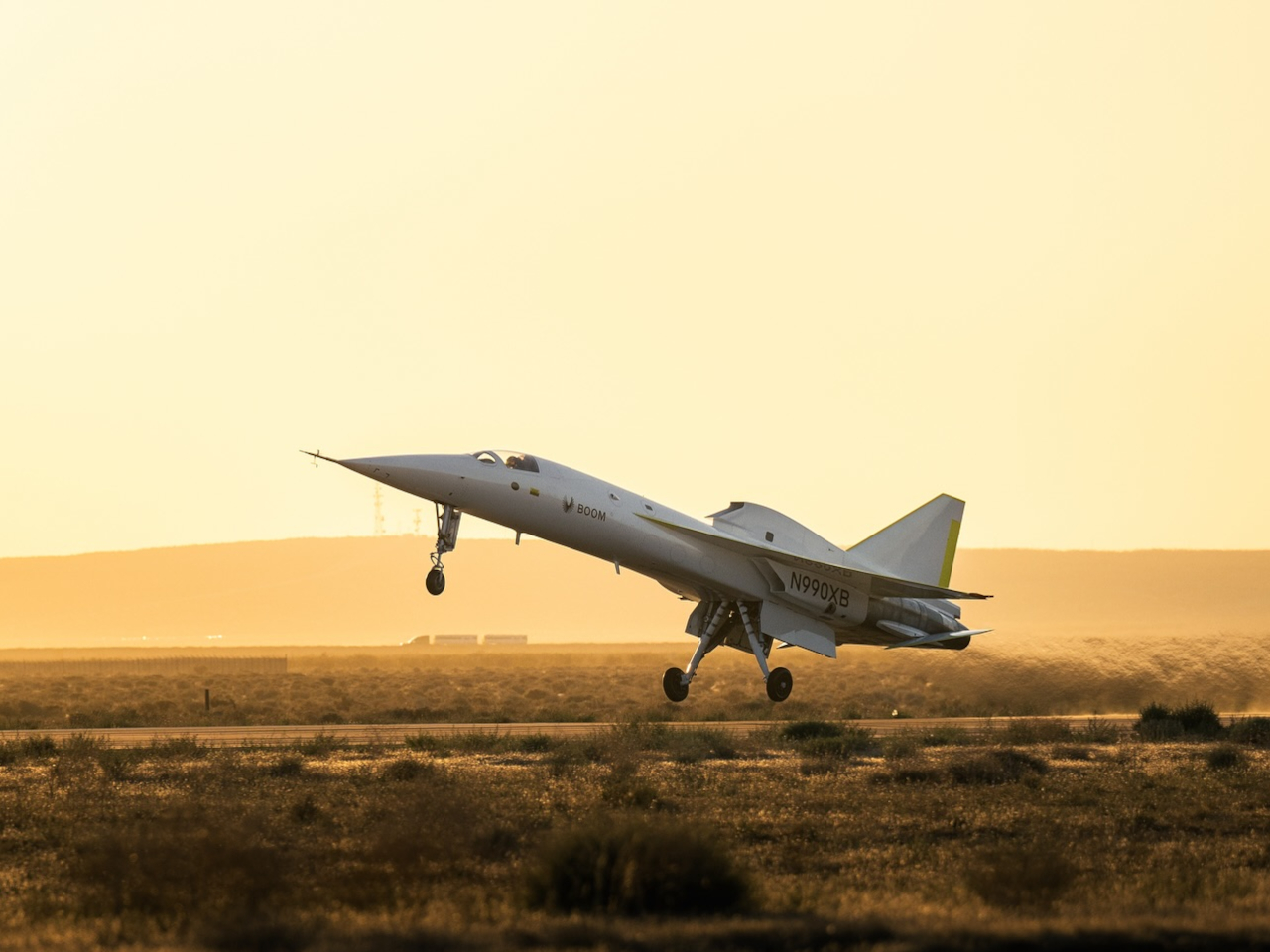

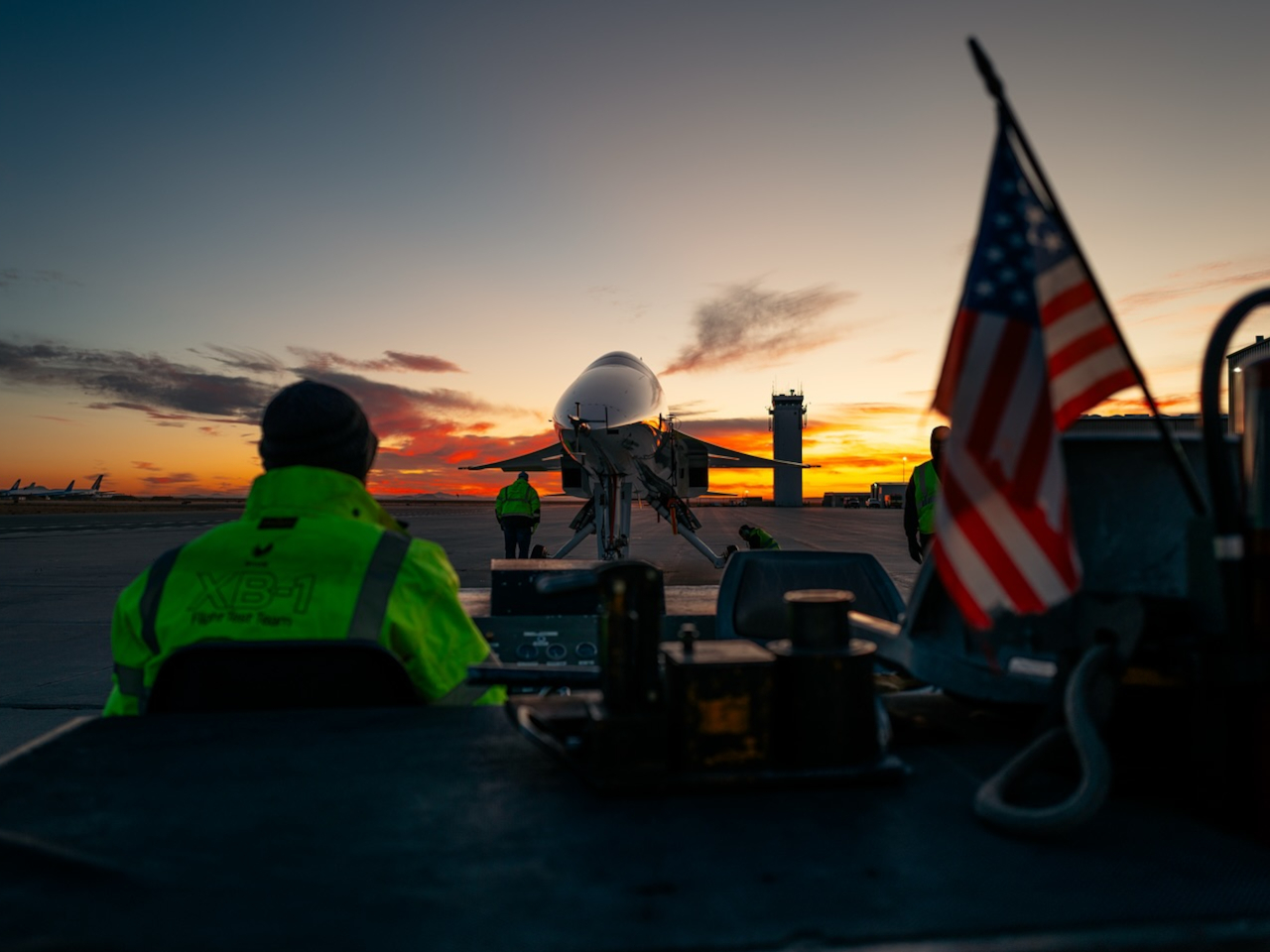

JC Torres
If you liked the article, do not forget to share it with your friends. Follow us on Google News too, click on the star and choose us from your favorites.
If you want to read more like this article, you can visit our Technology category.